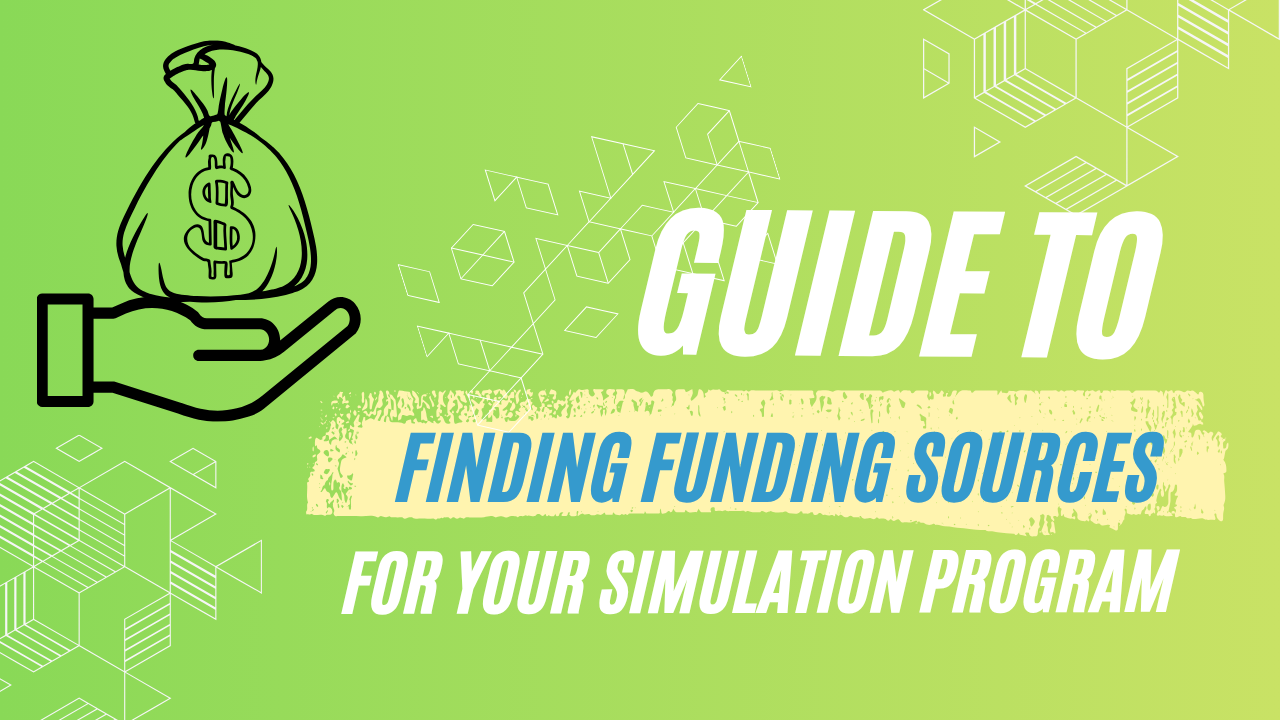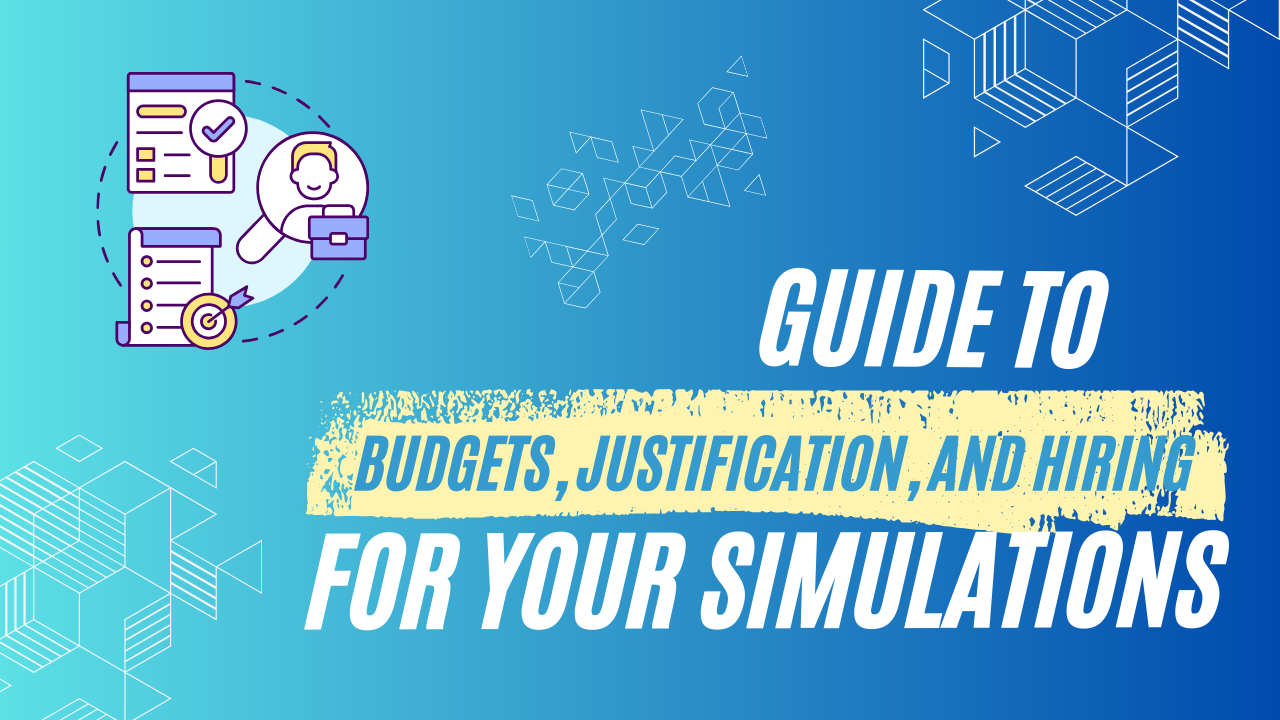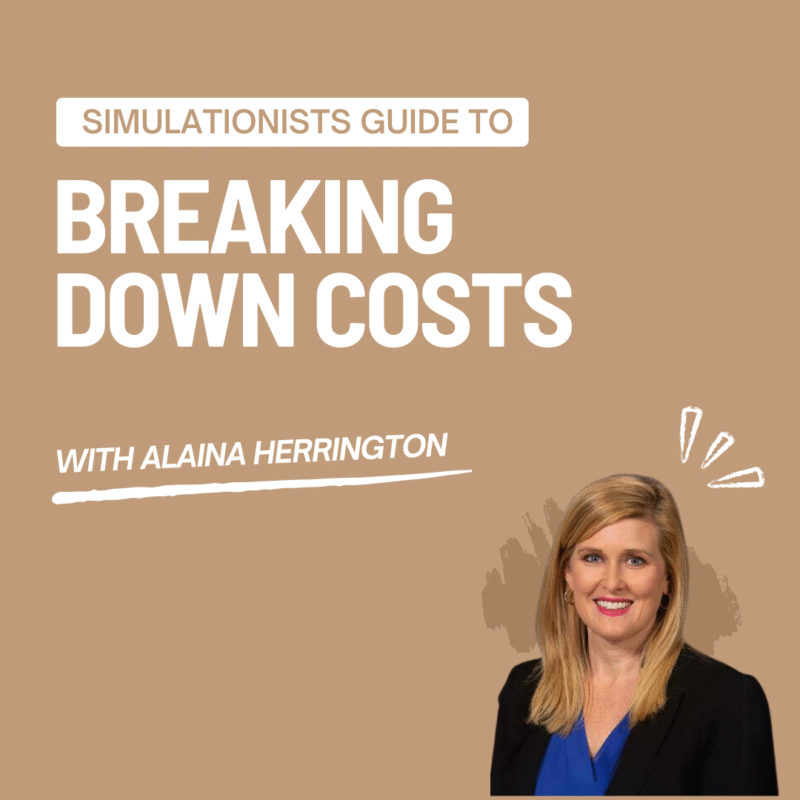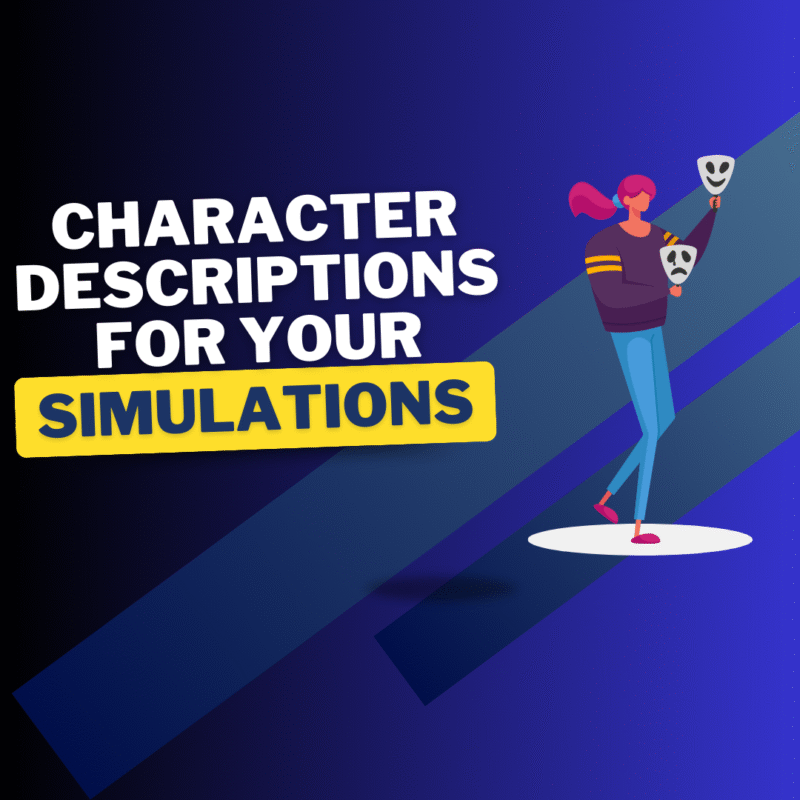How Can a Standardized Patient Program Help My Theatre Department?

Starting a Standardized Patient Program has a plethora of benefits for your institution’s theater department and the rising student actors that make up your department.
A SP Program helps to justify the cost of the theater program because you now have an interdepartmental program with learning outcomes that are connected to health sciences learning. As the program grows, there is an opportunity for an additional theater minor because there is rising demand for standardized patients and standardized patient educators. Starting an interdepartmental program such as this provides more PR opportunities in the community while also giving more visibility to the Dean and/or Provost of your department because of the high profile accomplishments and cross departmental programmatic collaboration. Additionally, if built correctly, the SP program can assist you in justifying the hiring of additional theater faculty to support the programmatic growth. While it is unique to see theater and healthcare working together for mutual benefit, it is a huge opportunity to spread good will both inside and outside the university.
For the student actor, an SP Program hones character development, improv skills, and provides opportunities with a future career.
Every SP simulation is designed to be a 360 improv training experience. As an SP there are no specific lines given like there would be with a script because there is no way to anticipate exactly what the health professions students will do or say at any given time. Alternatively, SP’s are given a very detailed character description and asked to take on the full gestalt of that patient or family member so their verbal responses, nonverbal behaviors, physicality match that of their character portrayal and can be standardized. Since the entire simulation is improv there is enough detail in the character description for the SP to respond authentically from the perspective of the patient. The way some SPs describe simulation is as if ”I am in a play and no one has the script except me.”
The entire character description has to be memorized. This being of course their past and present medical ailments, but also them as a person, who is filled with wants, desires and passions for their future, while also carrying the burdens and traumas of past experiences. It is a Uta Hagen approach to character development. It allows the student actors to understand a fuller interpretation of the past, informing the person the audience (or healthcare learner) sees in that moment. Within the character description there are different sections which allow for an actor to develop inside-out or outside-in. Which allows the student actors the diversity to try new methodologies on how they best develop a character.
Professionalism and reliability are essential character traits for the acting world and performing as an SP is no different. SP’s have to show up on time to every simulation or they will be quickly replaced. Having your student actors participate in SP simulations will reinforce those principles and provide them with a fuller understanding of “the show must go on”.
An SP Program provides actors with an opportunity to have a more stable career. As all theater professionals know, being an artist includes side jobs- hopefully parallel career paths. SP’s are a very new and ever expanding niche of performance. If your university is able to offer an SP certificate to say that they have learned how to give feedback and perform as an SP, there will be a host of doors that can open for them after graduation. In every big city (i.e. New York, LA, Philadelphia, Chicago) there will be a host of medical schools training the next generation. This means that wherever the actor is going to audition, there will be an opportunity to obtain paid work as an SP. It is a side hustle with flexible hours and little time commitment that allows professional actors to audition as much as possible. This also applies to those who perhaps don’t pursue acting as a full time career. SP work fills the theater itch while, at the same time, helping healthcare students. Actors can go to a myriad of different universities and medical schools for SP work. SP work in the truest sense is an amazing parallel career for any actor. It is a way to fulfill their passion for their craft while honing their skills and helping others.
Lastly, in any educational theater setting there is a limit to how many roles are available for their majors and minors. There are only so many stage opportunities available in a 4 year span of time. But as we all know, one learns best by doing. This program provides additional opportunities for students to get more performances under their belt and add to their acting resume. It is a great value to the students to be able to have more performance opportunities while also being available for main stage productions.













